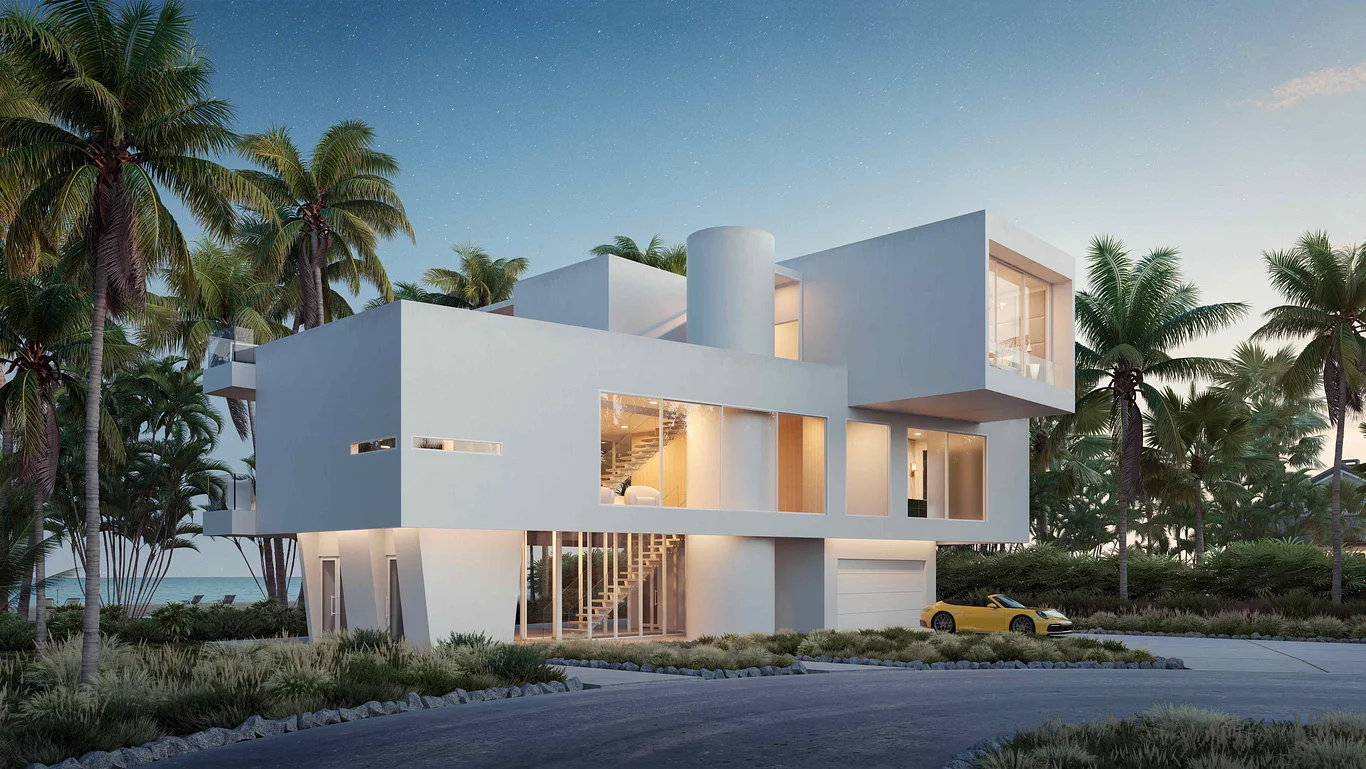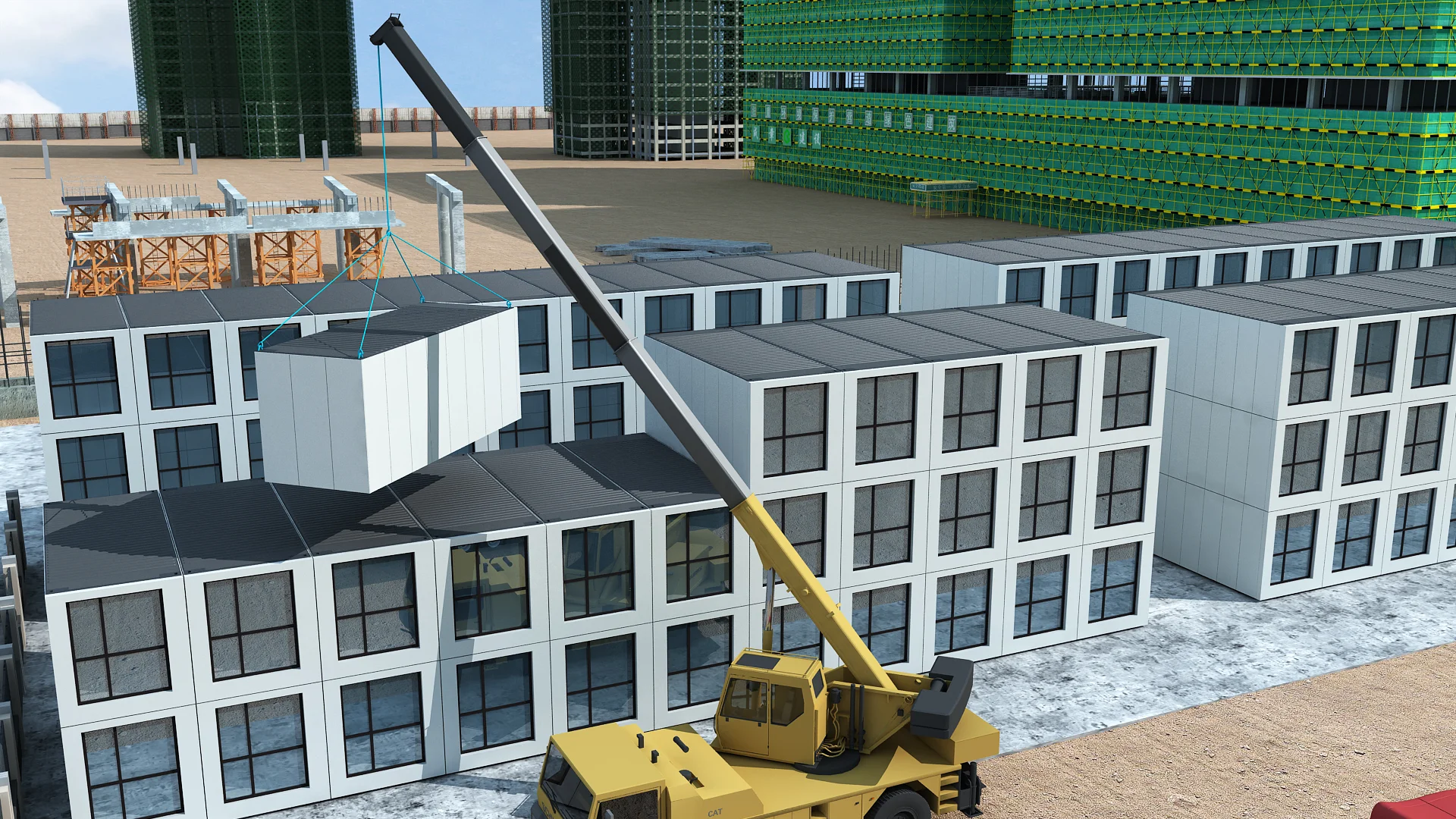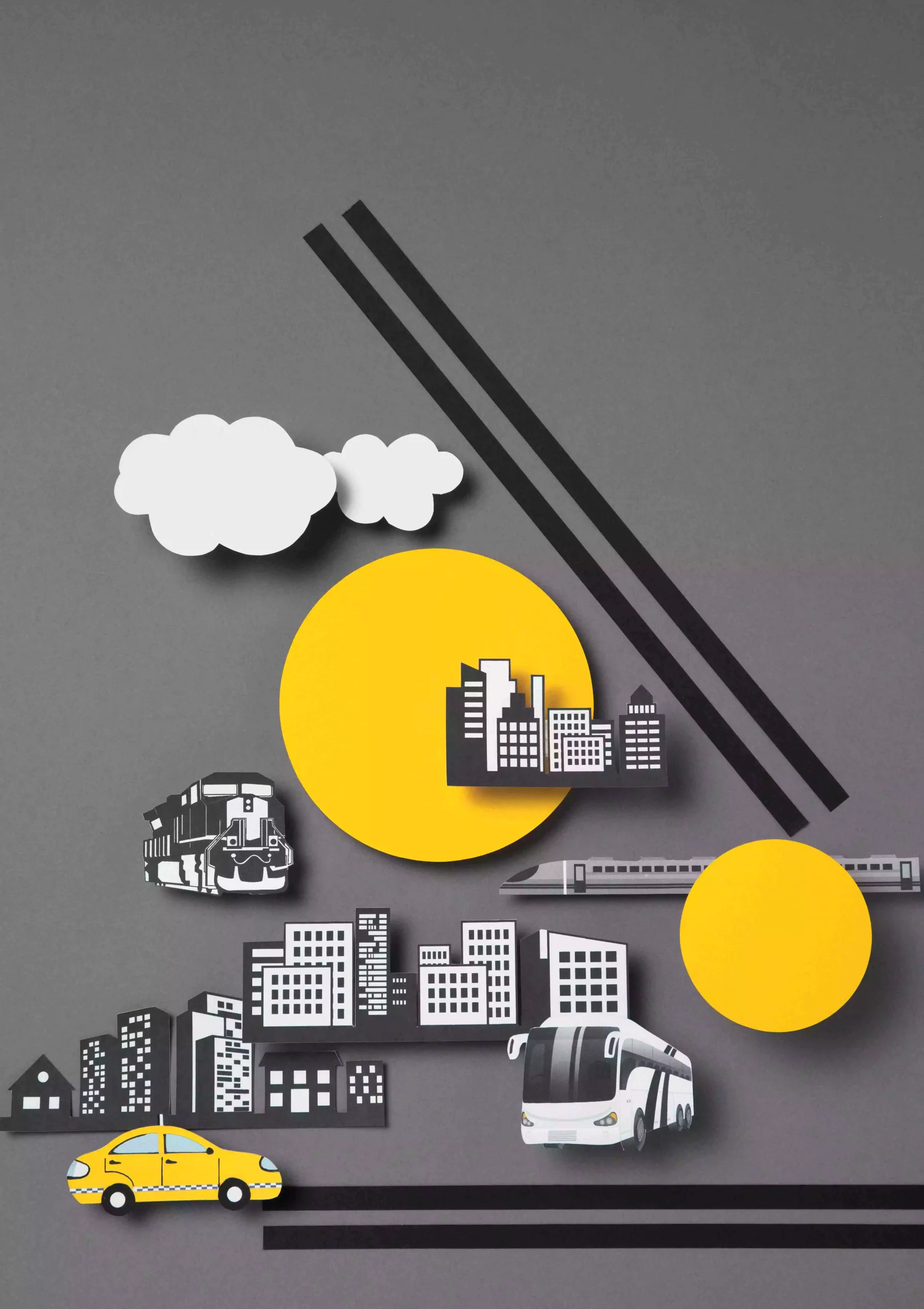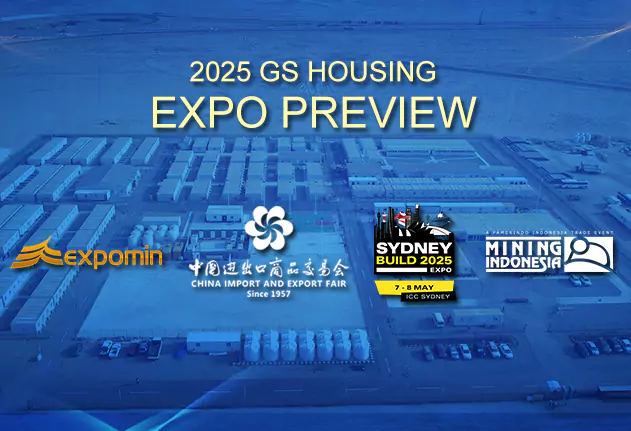Как MIC Construction согласуется с устойчивой строительной практикой
Как MIC Construction согласуется с устойчивой строительной практикой
Модульное интегрированное строительство (MIC) меняет мир строительства своими умными, зелеными и эффективными способами. Переводя строительство от беспорядочной работы на месте к аккуратным заводским настройкам, MIC сокращает отходы, ускоряет проекты и обеспечивает высшее качество. Этот метод поддерживает глобальные зеленые цели, разумно используя ресурсы, снижая вредные выбросы и создавая энергосберегающие проекты. Компании как GS Жилище ведут путь, используя новые идеи, чтобы предложить экологически чистые, гибкие и недорогие модульные решения. Поскольку городам нужны более быстрые, экологически чистые и лучшие методы строительства, MIC является большой частью формирования устойчивого будущего.

Что такое модульное интегрированное строительство (МИК)?
Основные особенности МИК Строительство
Модульное интегрированное строительство (МИК) Это свежий подход к строительству. Это включает в себя изготовление строительных деталей, называемых модулями, на заводах, где все тщательно контролируется. Эти модули построены по точным стандартам. Затем они перемещаются на строительные площадки для быстрой сборки. Модульные здания MIC становятся все более популярными, потому что они быстры, надежны, гибки и добры к окружающей среде. Гибкость позволяет создавать индивидуальные дизайны для домов, офисов или школ.
Роль МИК в современном здании
MIC является изменителем игры в современном мире строительства. Он решает такие проблемы, как жесткие графики, меньшее количество работников и экологические проблемы. MIC приносит “ четыре улучшения и четыре сокращения” — лучшее качество, быстрый прогресс, более умные технологии и командная работа, используя меньше рабочей силы, работы на месте, рисков безопасности и загрязнения. Это делает его лучше, чем старые методы строительства. Он идеально соответствует стремлению к современному, зеленому строительству.
Почему принципы устойчивого строительства имеют решающее значение?
Основные идеи зеленого строительства
Зеленое строительство сосредоточено на том, чтобы нанести как можно меньший ущерб окружающей среде при разумном использовании ресурсов. Он включает в себя такие идеи, как экономия энергии, сокращение отходов и использование материалов, которые могут быть повторно использованы. Эти методы обеспечивают, чтобы здания удовлетворяли современным потребностям, не нанося ущерба будущим поколениям.
Экологические, социальные и экономические льготы
Зеленое строительство приносит три больших преимущества:
- ЭкологическиеМеньше вредных выбросов с энергосберегающими конструкциями.
- СоциальныеЛучшие жилые пространства и здоровые внутренние помещения.
- ЭкономическиеЭкономия денег со временем с более низкими затратами на энергию и обслуживание.
Как делает МИК Согласуется ли строительство с устойчивой практикой?
Эффективность ресурсов в МИК Проекты
MIC хорошо использует ресурсы. Фабричное производство означает покупку материалов оптом и их осторожное использование. Это уменьшает количество отходов по сравнению с традиционным строительством. Используя материалы разумно, MIC поддерживает зеленые цели.
Меньше отходов с помощью модульных методов
Традиционное строительство часто производит много отходов от ошибок или дополнительных материалов. MIC, однако, строит модули на контролируемых заводах. Это значительно уменьшает отходы. Это приводит к более чистым рабочим местам и меньшему количеству мусора на свалках.
Энергоэффективность в строительстве и сборке
MIC экономит энергию прохладными способами. Более короткие сроки строительства означают меньшее потребление энергии во время проектов. Кроме того, модули часто имеют встроенные изоляционные системы. Они заставляют здания потреблять меньше энергии, когда они работают.
Для тех, кто хочет решения для зеленого строительства с интеллектуальными технологиями, GS Housing предлагает высший опыт в модульном интегрированном строительстве. Посмотрите, как GS Housing может изменить ваш опыт строительства сегодня!
GS ЖилищеВклад в устойчивость МИК Строительство
Обзор GS ЖилищеЗеленые продукты
GS Housing является лидером в области модульного интегрированного строительства (MIC), предлагая умные и экологически чистые строительные решения. Они используют передовые технологии, чтобы переосмыслить строительство. MIC означает изготовление модулей на заводах, прежде чем переместить их на площадки для быстрой установки. Этот метод уменьшает экологический ущерб, уменьшая количество отходов, хорошо используя ресурсы и ускоряя проекты.
Модульные здания MIC отлично подходят для планеты. Заводная работа создает меньше отходов на рабочих местах. Покупка материалов в оптовом объеме также снижает отходы. GS Housing использует возобновляемые и перерабатываемые материалы в своих модулях, что делает здания более экологически чистыми на протяжении всего срока их жизни. Их работа поддерживает глобальные цели по зеленому росту и низким выбросам.
Для тех, кто ищет лучшие решения MIC, которые балансируют зеленые практики с качеством и скоростью, GS Housing предлагает непревзойденные навыки.
GS ЖилищеНовые идеи для экологически чистого строительства
GS Housing приносит новые интересные идеи в MIC. Их “ пять в одном” подход включает в себя производство на заводе, быструю сборку, интеллектуальное отслеживание информации, полную декорацию и автоматизированные производственные линии. Это обеспечивает быструю и точную работу, придерживаясь идей зеленого строительства.
В “ четыре улучшения и четыре сокращения” MIC - лучшее качество, быстрая работа, умные технологии и командная работа, сокращая рабочую силу, усилия на месте, риски безопасности и загрязнение - показывают, почему он превосходит традиционные методы. Проекты GS Housing также супер гибкий. Они удовлетворяют различные потребности проекта, сохраняя при этом энергоэффективность.
Их проекты, как и школы, показывают, как модульные системы создают полезные, зеленые пространства. Они снижают потребление энергии во время строительства и когда здания находятся в эксплуатации.

Проблемы и возможности в согласовании МИК с устойчивостью
Решение МИКЗеленые вызовы
MIC имеет тонны зеленых преимуществ, но это не идеально. Установка заводов для модулей может стоить много сначала. Кроме того, перемещение крупных модулей на объекты может быть сложным и может создать выбросы, если это не планируется хорошо.
Исследования показывают, что МИК имеет большой потенциал в таких местах, как Китай. Это ключевой способ продвигать зеленое строительство. Чтобы преодолеть проблемы, компаниям необходимо тщательно совершенствовать проекты и планировать транспорт. Работа с поставщиками и другими также важна для сохранения зеленого MIC.
Кроме того, больше людей должны узнать о преимуществах MIC. Поделиться тем, как это экономит деньги благодаря энергоэффективности, может помочь сделать его более популярным, чем традиционное здание.
Будущие тенденции к более зеленому МИК
Будущее MIC выглядит светлым с новыми технологиями, такими как инструменты дизайна ИИ и системы мониторинга IoT. Они могут сделать производство модулей еще лучше и улучшить энергопотребление в готовых зданиях.
В последнее время строительный мир движется к более зеленым практикам. Это будет расти, поскольку страны установят более жесткие правила по выбросам. Компании, такие как GS Housing, уже используют MIC для новых областей, таких как больницы, магазины и дома с их проверенной технологией.
Использование более возобновляемых материалов также приведет к формированию модульных зданий. Добавление солнечных панелей или других систем зеленой энергии во время производства модулей сделает MIC еще лучше для глобальных целей в области зеленой энергии.
FAQs
Q1: Как фабричное производство делает МИК Зеленее?
Фабричное производство использует материалы осторожно и покупает оптом. Это значительно сокращает отходы по сравнению с традиционным строительством.
Q2: Почему МИК экологически чистее обычного строительства?
Более короткие сроки строительства экономят энергию. Префабрикация сокращает отходы на месте. Возобновляемые материалы делают здания более зелеными со временем.
Q3: Могут модульные конструкции измениться для новых потребностей?
- Да. - Да. Модули могут быть легко перераспределены или расширены для удовлетворения меняющихся потребностей без больших изменений.
Предыдущий:Как оптимизировать расходы на строительство сборного дома
Следующая:Ключевые соображения для обеспечения безопасности в трудовых лагерях






